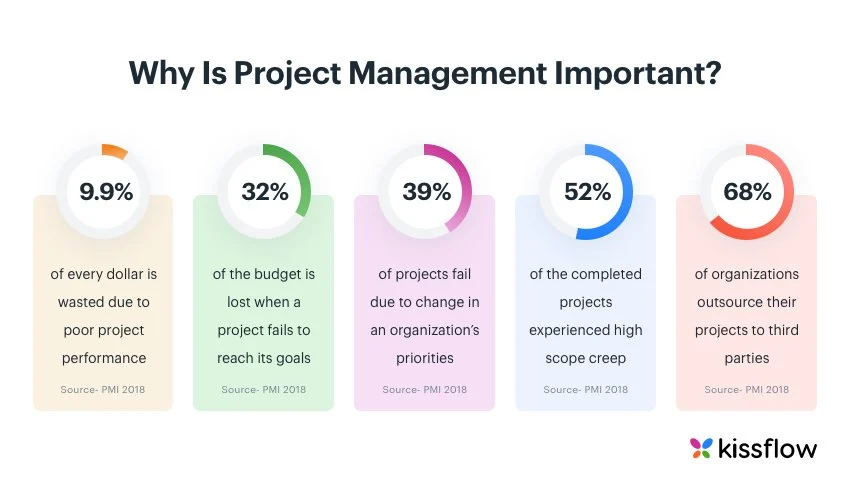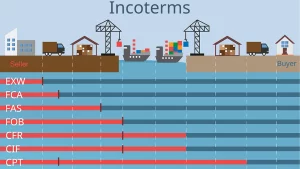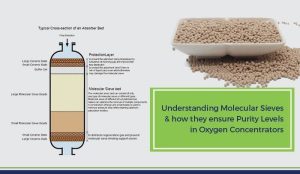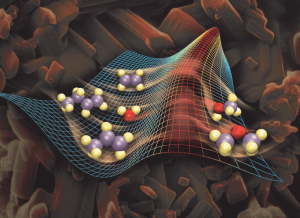Project management is the process of leading the work of a team to achieve all project goals within the given constraints. This information is usually described in project documentation, created at the beginning of the development process. The primary constraints are scope, time, and budget.
Project management is a critical process that involves planning, organizing, and overseeing the successful completion of a project. It requires a set of skills and techniques to ensure that the project meets its goals within the constraints of time, budget, and scope.
One of the key aspects of project management is defining the project scope. This involves clearly outlining the objectives, deliverables, and constraints of the project to ensure that all stakeholders have a shared understanding of what needs to be accomplished. Without a well-defined scope, projects can easily go off track and fail to meet their intended goals.
Another important aspect of project management is creating a project plan. This involves breaking down the project into smaller tasks, assigning responsibilities, and setting deadlines. A detailed project plan helps to keep the team focused and on track throughout the project lifecycle.
Effective communication is also crucial in project management. Project managers need to keep all stakeholders informed about the project’s progress, address any issues that arise, and ensure that everyone is working towards the same goals. Clear and open communication helps to build trust and collaboration among team members.
Risk management is another key component of project management. Identifying potential risks, assessing their impact, and developing strategies to mitigate them is essential for ensuring the project’s success. By proactively managing risks, project managers can avoid costly delays and setbacks.
In conclusion, project management is a complex process that requires careful planning, effective communication, and proactive risk management. By following best practices and utilizing the right tools and techniques, project managers can increase the likelihood of their projects being completed successfully.







